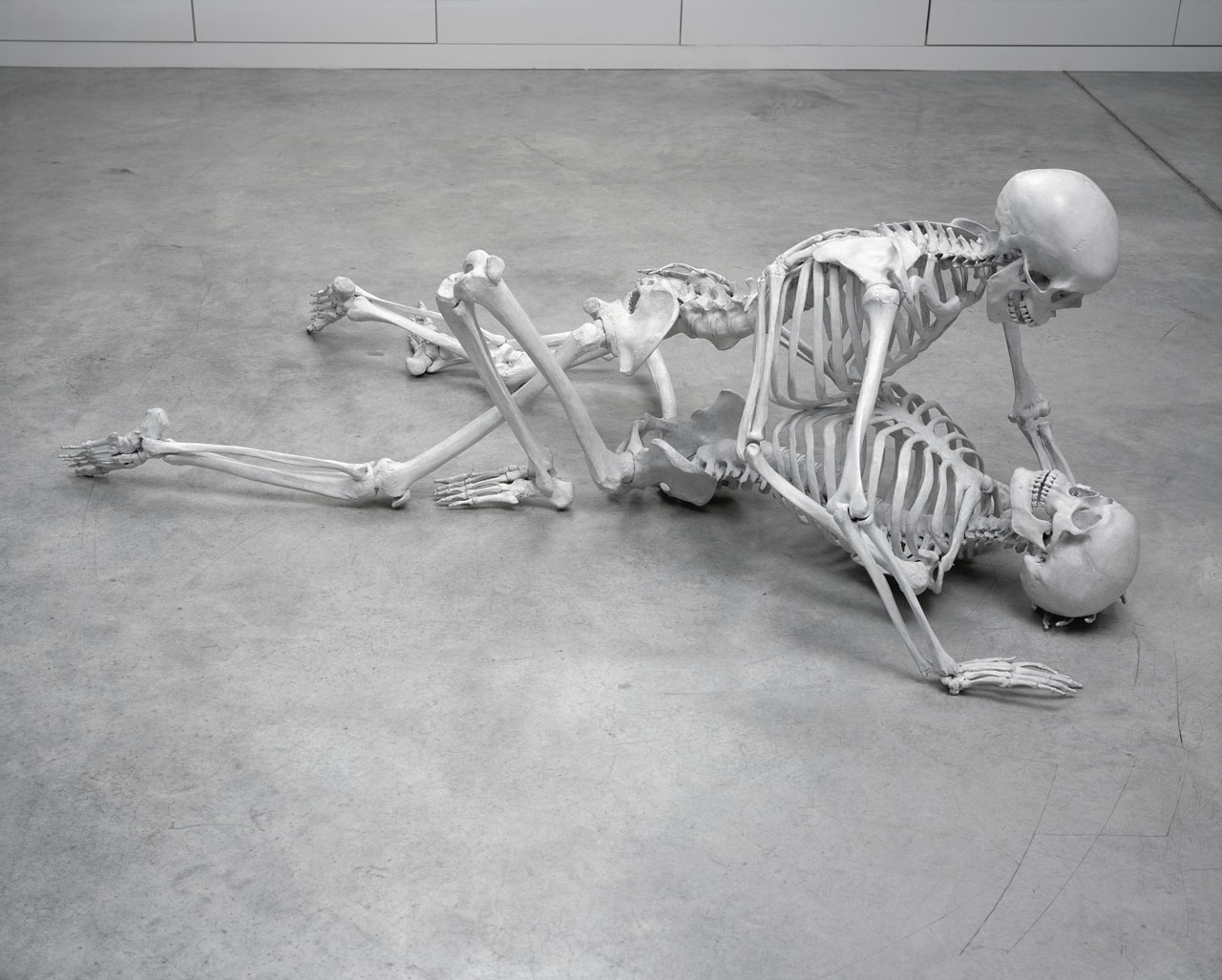
Foundation
Marc Quinn
October 5 → January 6, 2008
Gathering over forty recent works, DHC/ART’s inaugural exhibition by conceptual artist Marc Quinn is the largest ever mounted in North America and the artist’s first solo show in Canada
Theme: Identity
This article is complementary to the video Movements: RELATIONS – On "Diasporic Identity" narrated by Marie-Hélène Lemaire.
The exhibition RELATIONS: Diaspora and Painting presents the work of twenty-seven artists who address questions of diaspora from diverse perspectives. The word diaspora derives from the Greek term diaspeirein, which means to disseminate, and describes populations dispersed from their native area. This migration can be forced or voluntary. Some people, such as exiles and refugees, are obliged to leave their country of birth due to war, human rights violations, economic crisis, ecological disaster or for other reasons. Others choose to emigrate because of work or educational opportunities or in response to changes in their lives.
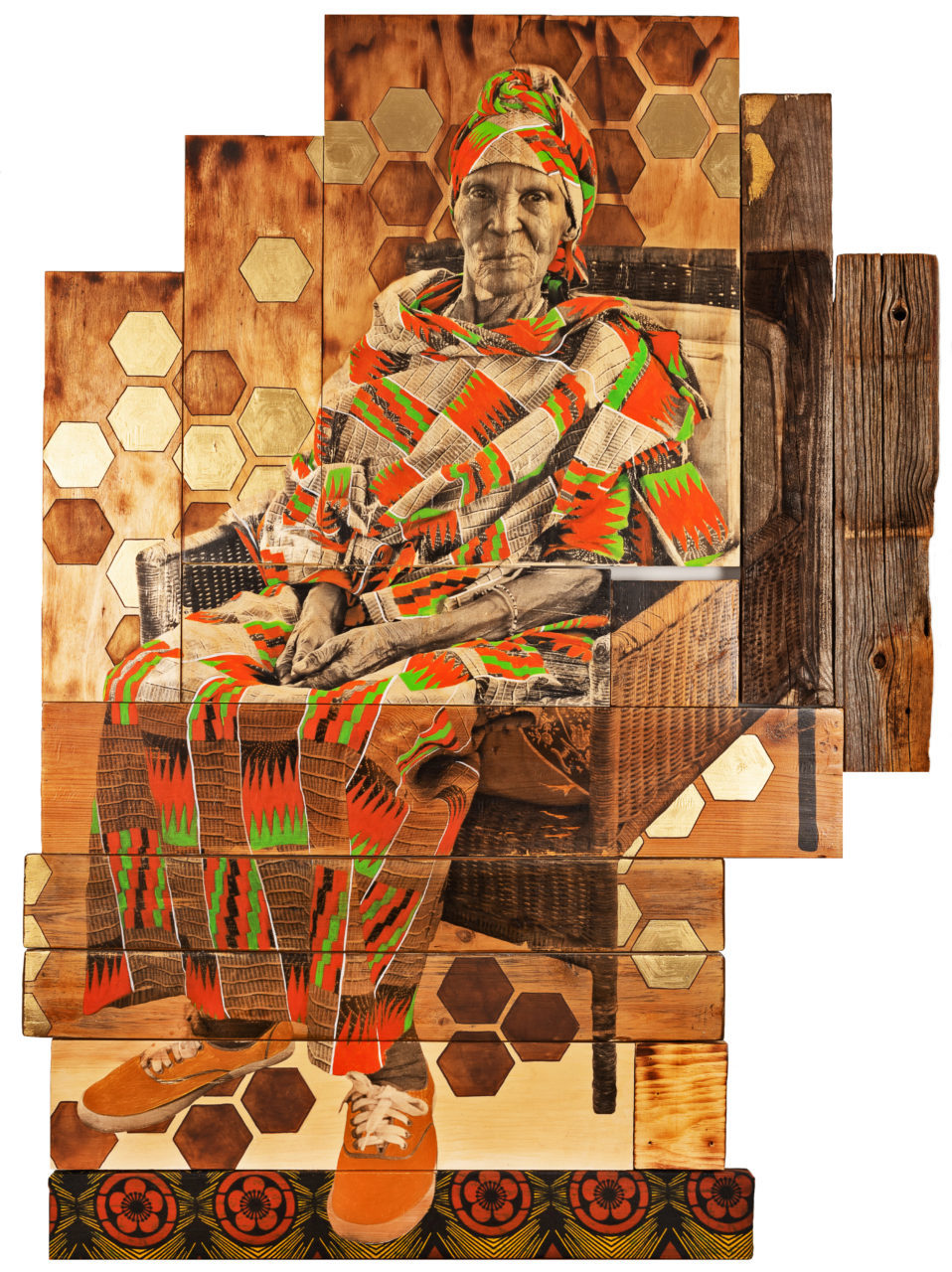
IDENTITY IN DISPERSION
Bee-keeper, by the Tanzanian-American artist Shanna Strauss, is a portrait of her Bibi or grandmother, a historian and bee keeper. A guardian of memory, she sings and tells the story of Leti, a female soldier who fought alongside men against the German colonizers of Tanzania. Bibi proposes the metaphor of the beehive as another way of transmitting history. Her stories pollinate the bonds of an entire community around remembering their ancestors: they are embodied in her voice, her cadences and modulations, and her strong and vibrant body, which always recounts a little differently each time, as she calls forth her memories. Strauss’ portrait is a fine expression of the resilience of her grandmother, with her stance at once monumental and intimate, its warm, blazing colours and the interplay of juxtaposed recycled wooden planks, which seems to bring Bibi towards us.
RELATIONAL IDENTITY
Édouard Glissant applies Deleuze and Guattari’s image of the rhizome [1] to the principle of diasporic identity to theorize his idea of relational identity, which he contrasts with identity with a single root. Identity with a single root is sterile and isolated, while rhizomatic identity has many proliferating roots, each seeking out the others in order to make living things bear fruit and transform them. [2]
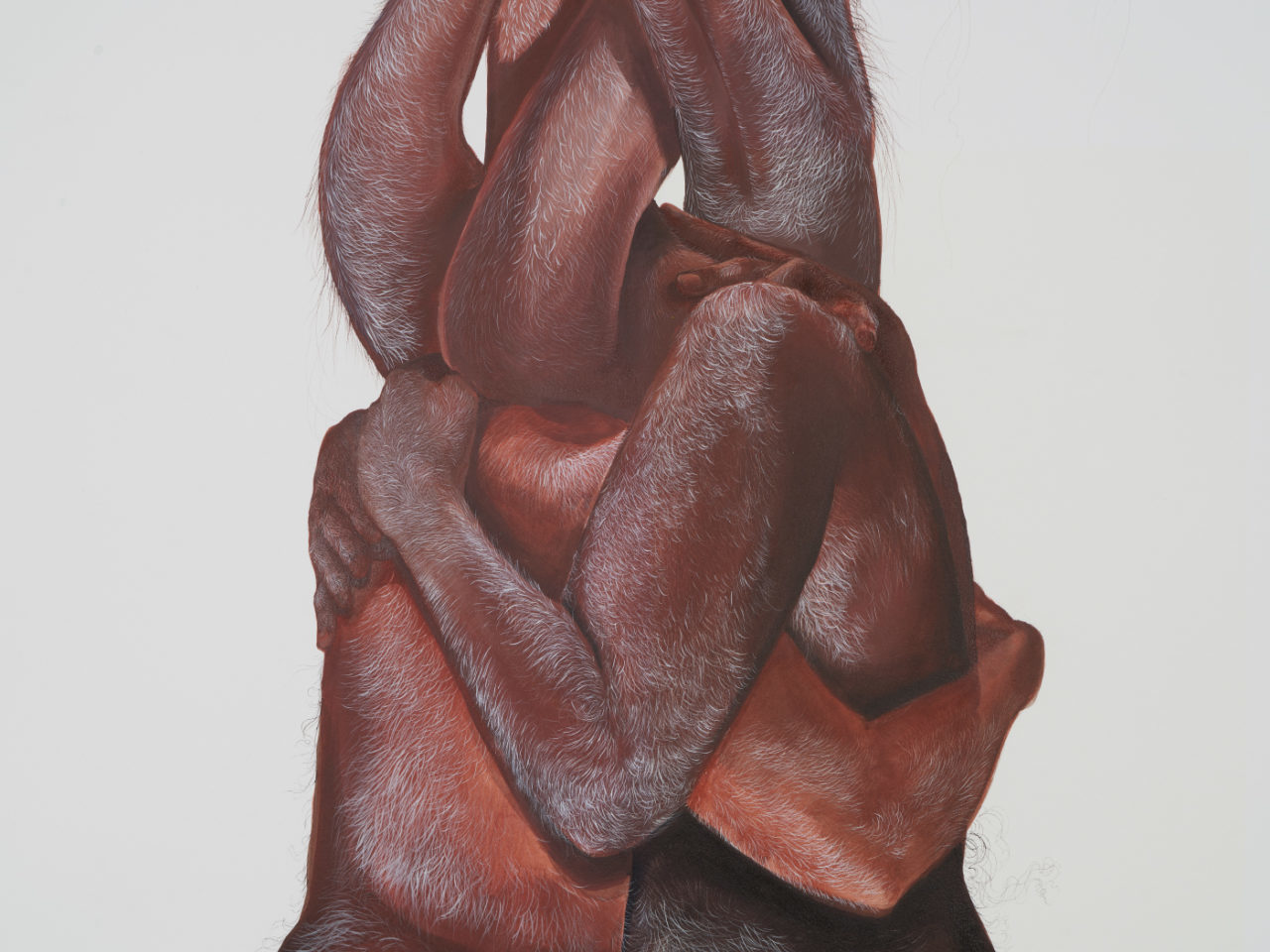
Torn apart, uprooted, dragged along, tossed aside. Give me your hands, your arms. Multiplied, intertwined. You carry me within you, I carry you within me. Knotted, on your knees. Your amniotic sap flows over every bit of my skin, every furrow of my bark. Our black hair is foliage. Your eyes the birth of my roots, my eyes your sprouting branches. I am here. You will not perish.
AQUEOUS IDENTITY
Theorist of embodiment and of water, Astrida Neimanis proposes a feminist subjectivity, watered. She imagines “an invigorated figuration of the feminist subject as body of water. This subject is posthumanist and material, both real and aspirational.…she is responsively attuned to other watery bodies—both human and more-than-human—within global flows of political, social, cultural, economic and colonial planetary power.” [3]
Everything is bathed in blue. The blue of the sky, the blue of water. Saturated foliage, irrigated moss, becoming a stream. The blue hour: the moment when everything is possible, the moment of every metamorphosis. My twilight view sees a wolf howling at the moon, its paws become roots, its head in bloom. Aqueous landscapes, underwater memory, Canadian landscapes, dreams of Blue Willow china.
Explore the exhibition with this idea of diasporic identity as a hybrid and relational identity. Which paintings are a good illustration of this concept, and why?
The artists of the diaspora foreground identity as an act of resilience in order to resist the stereotypical identity propagated by the hegemonic culture. Describe how some of the works in the exhibition illustrate this idea.
Movements: RELATIONS is a tool designed by the PHI Foundation’s Department of Education to encourage visitors to develop and elaborate on some key concepts of the exhibition RELATIONS: Diaspora and Painting.
[1] Gilles Deleuze and Félix Guattari, A Thousand Plateaus: Capitalism and Schizophrenia (1980), trans. Brian Massumi (Minneapolis: University of Minnesota Press, 1987).
[2] Édouard Glissant, Poetics of Relation (1990), trans. Betsy Wing (Ann Arbor: University of Michigan Press, 1997).
[3] Astrida Neimanis, “Feminist Subjectivity, Watered,” Feminist Review 103 (2013): 23.
Author: Marie-Hélène Lemaire
Marie-Hélène Lemaire is Head of Education at the PHI Foundation for Contemporary Art. She holds a Ph.D. in Communications Studies at Concordia University that focuses on developing a movement-based pedagogy for guided group visits in contemporary art exhibitions. Using a feminist pedagogy of embodiment, new materialist and poetic inquiry approaches, she aims to privilege and validate sensorial, sensuous and affective engagements with contemporary art. She has published in The Journal of Museum Education (2021), the Canadian Review of Art Education (2021), and Muséologies (2018). She also nurtures a poetic writing practice for developing, facilitating, and interpreting curricula for guided visits, as well as to express her own personal aesthetic engagements. She is committed to epistemic justice in the arts.

Foundation
Gathering over forty recent works, DHC/ART’s inaugural exhibition by conceptual artist Marc Quinn is the largest ever mounted in North America and the artist’s first solo show in Canada
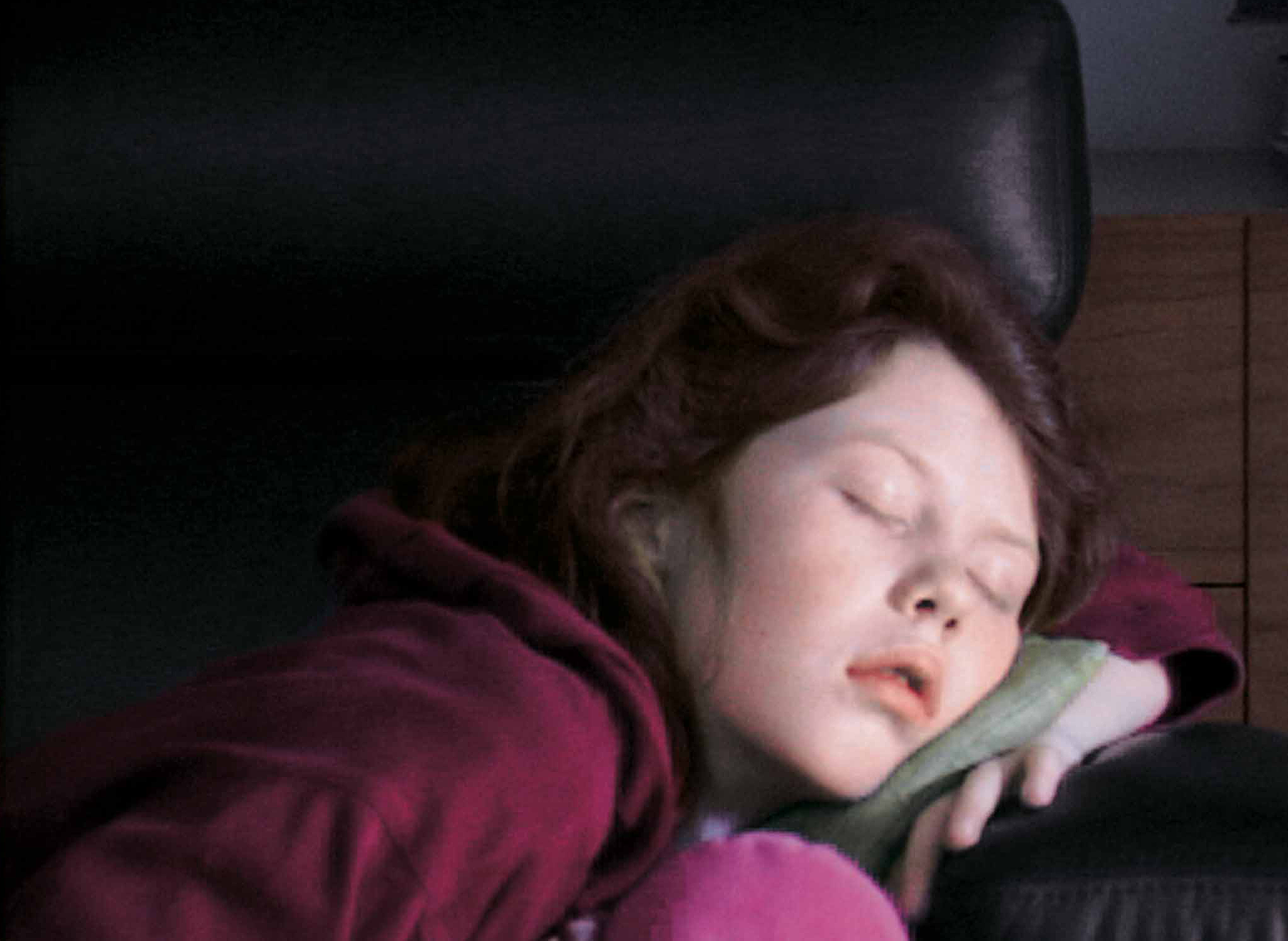
Foundation
Six artists present works that in some way critically re-stage films, media spectacles, popular culture and, in one case, private moments of daily life
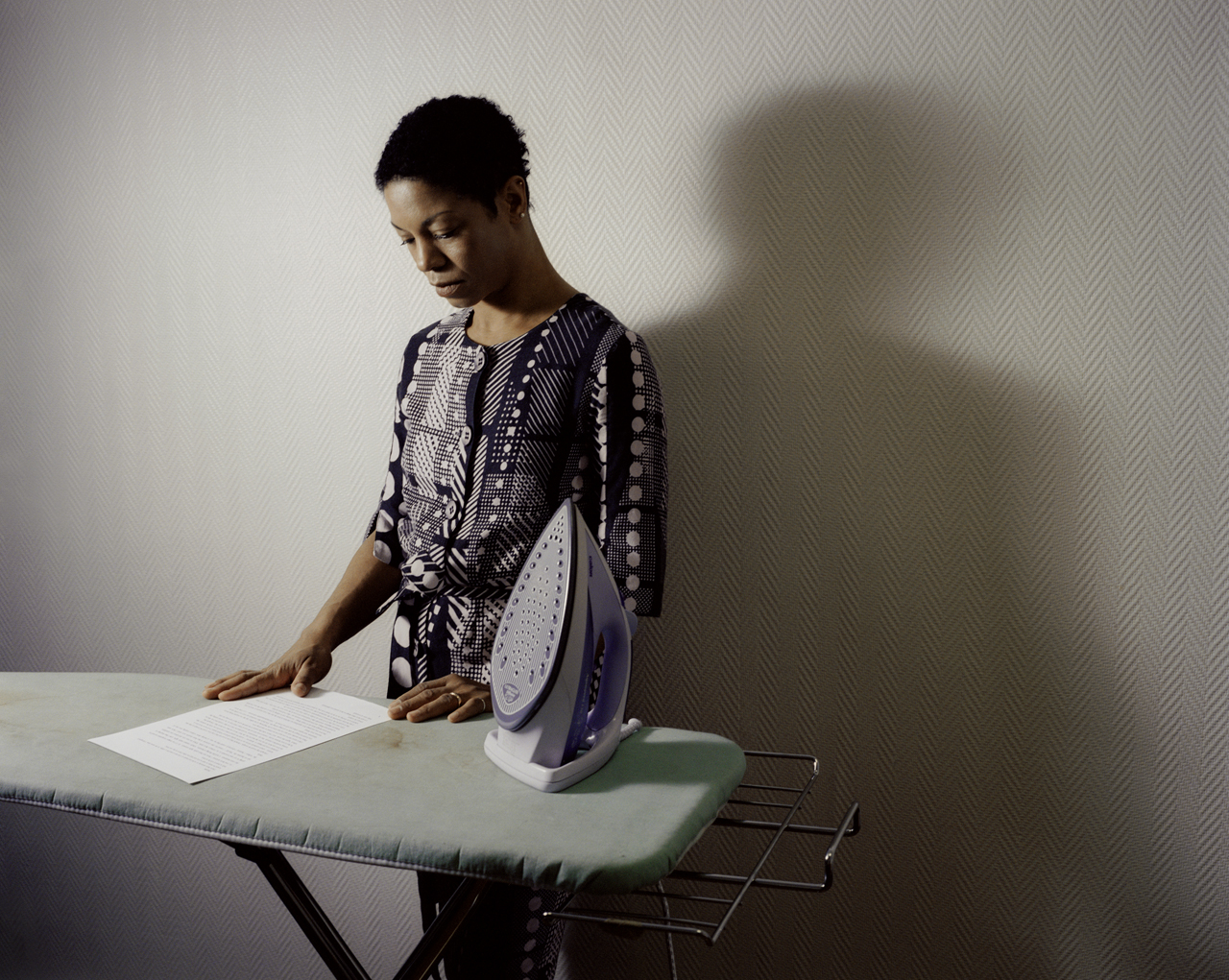
Foundation
This poetic and often touching project speaks to us all about our relation to the loved one

Foundation
DHC/ART Foundation for Contemporary Art is pleased to present the North American premiere of Christian Marclay’s Replay, a major exhibition gathering works in video by the internationally acclaimed artist
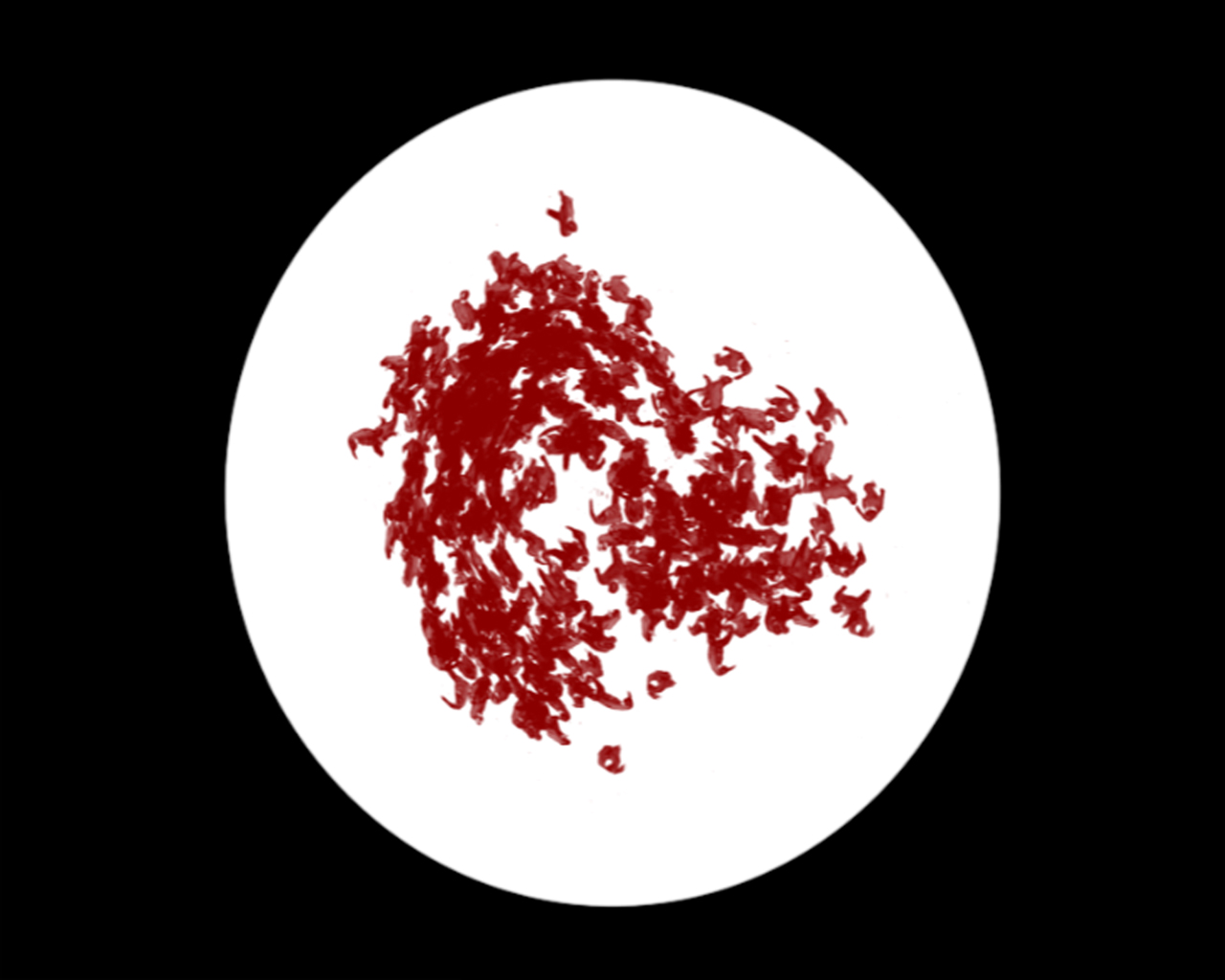
Foundation
DHC/ART is pleased to present Particles of Reality, the first solo exhibition in Canada of the celebrated Israeli artist Michal Rovner, who divides her time between New York City and a farm in Israel
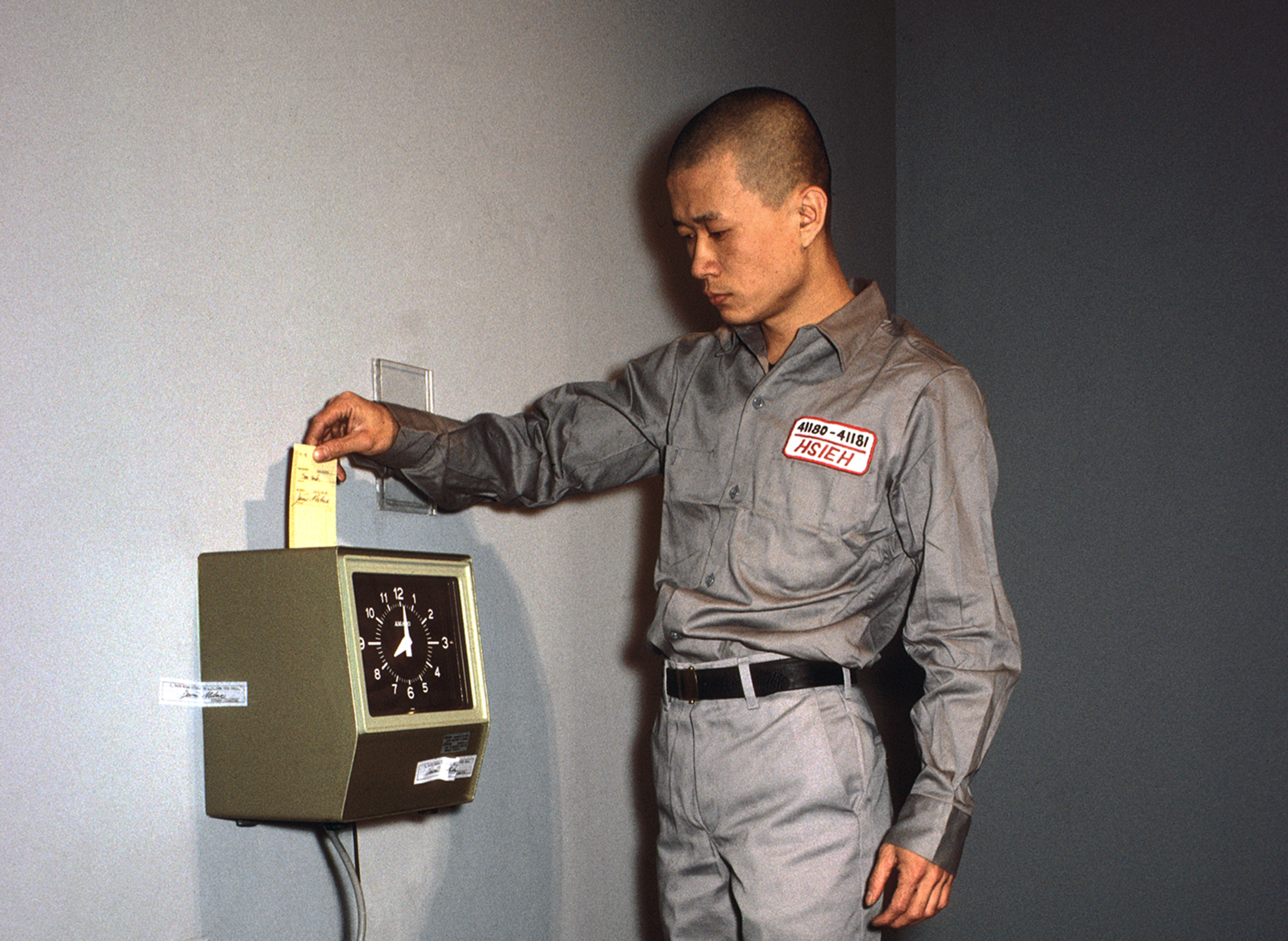
Foundation
The inaugural DHC Session exhibition, Living Time, brings together selected documentation of renowned Taiwanese-American performance artist Tehching Hsieh’s One Year Performances and the films of young Dutch artist, Guido van der Werve
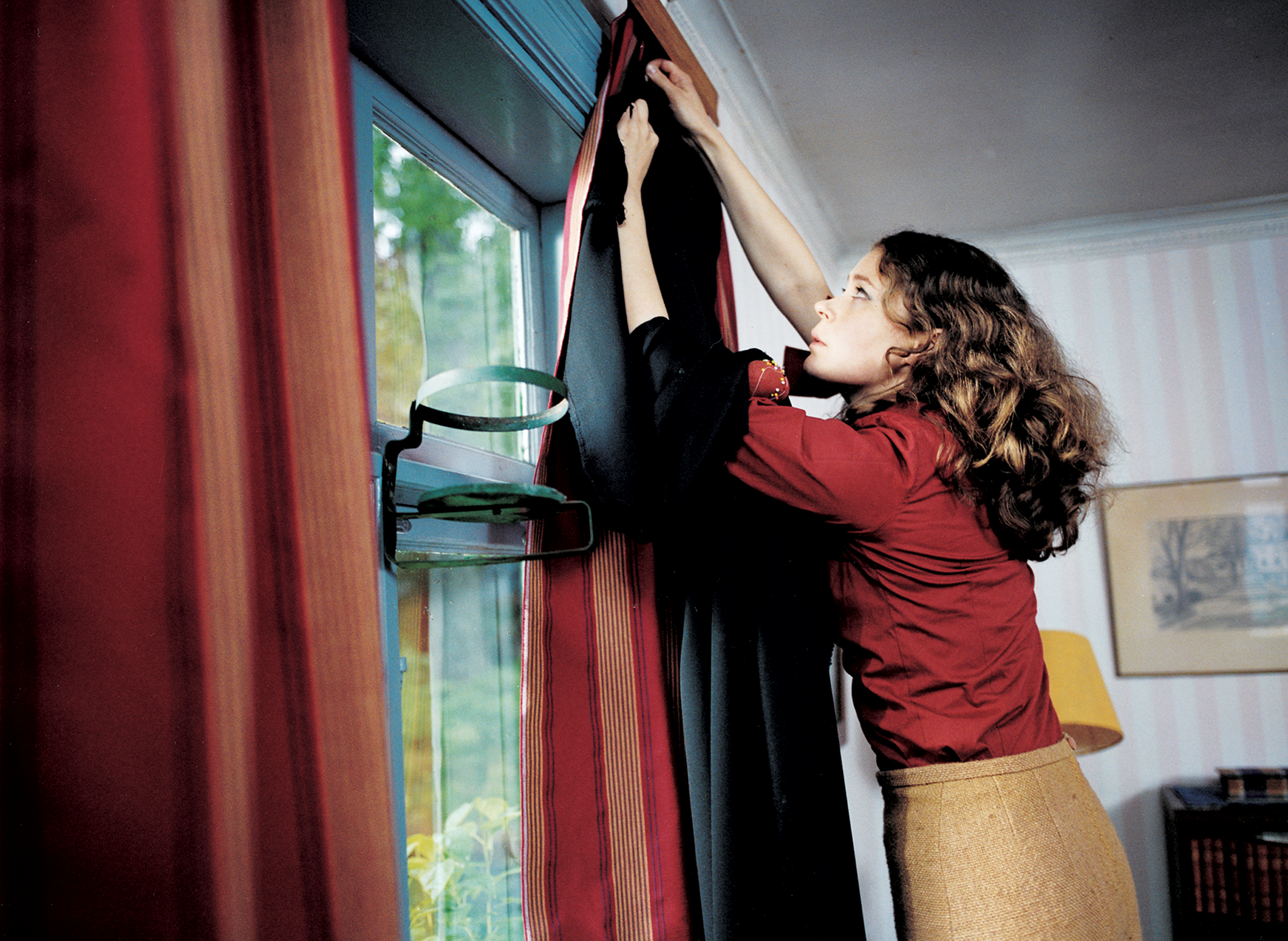
Foundation
Eija-Liisa Ahtila’s film installations experiment with narrative storytelling, creating extraordinary tales out of ordinary human experiences

Foundation
For more than thirty years, Jenny Holzer’s work has paired text and installation to examine personal and social realities